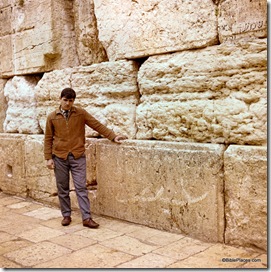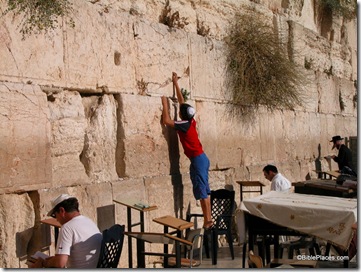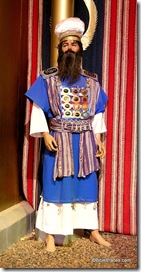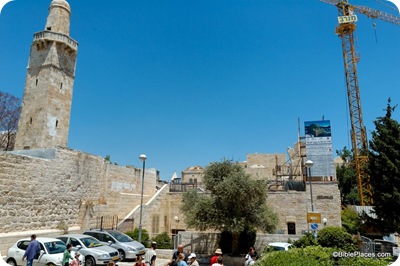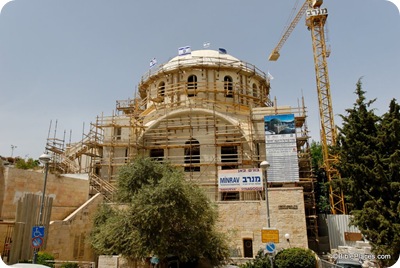Gary Byers of the Associates for Biblical Research has written a new article on the excavations of Tall el-Hammam, a site that has been identified as Sodom by its excavator, Steven Collins. The essay is a sensible review of the site’s history based on archaeological work and biblical data. I don’t find the Sodom identification compelling based on the present state of the evidence, but this does not detract from the value of the article. There is no doubt that Tall el-Hammam was an important site in the ancient world, and continued excavations there will no doubt be useful in revealing more of the region’s history. The article concludes:
In review, our site was a major city from earliest times. It may be one of the
oldest cities mentioned in the Bible, in the Table of Nations (Gn 10).
Maybe it was Sodom from those earliest days up to the time of Abraham, well over 2,500 years. Then, after its destruction in the Middle Bronze Age, and with no evidence of occupation for over 500 years, it may have been known as Abel Shittim (“meadow of the acacia trees”) at the time of Moses. During the Iron Age, a city was built on the upper tall, and it is a reasonable candidate to be the capital of Solomon’s twelfth administrative district, in sight of the Mount of Olives at Jerusalem, Solomon’s capital. In New Testament times, a new city arose around the base of the talls and may have been Abila or even Livias (Julias), the capital of Perea. Finally, our site may be one of the unnamed sites on the Madaba Map.
Whatever our excavations and research may eventually tell us, there is no question that Tall el-Hammam was an important site throughout the Biblical period. During each period of history, it stood as a quiet witness to some of the Bible’s greatest people and events.
